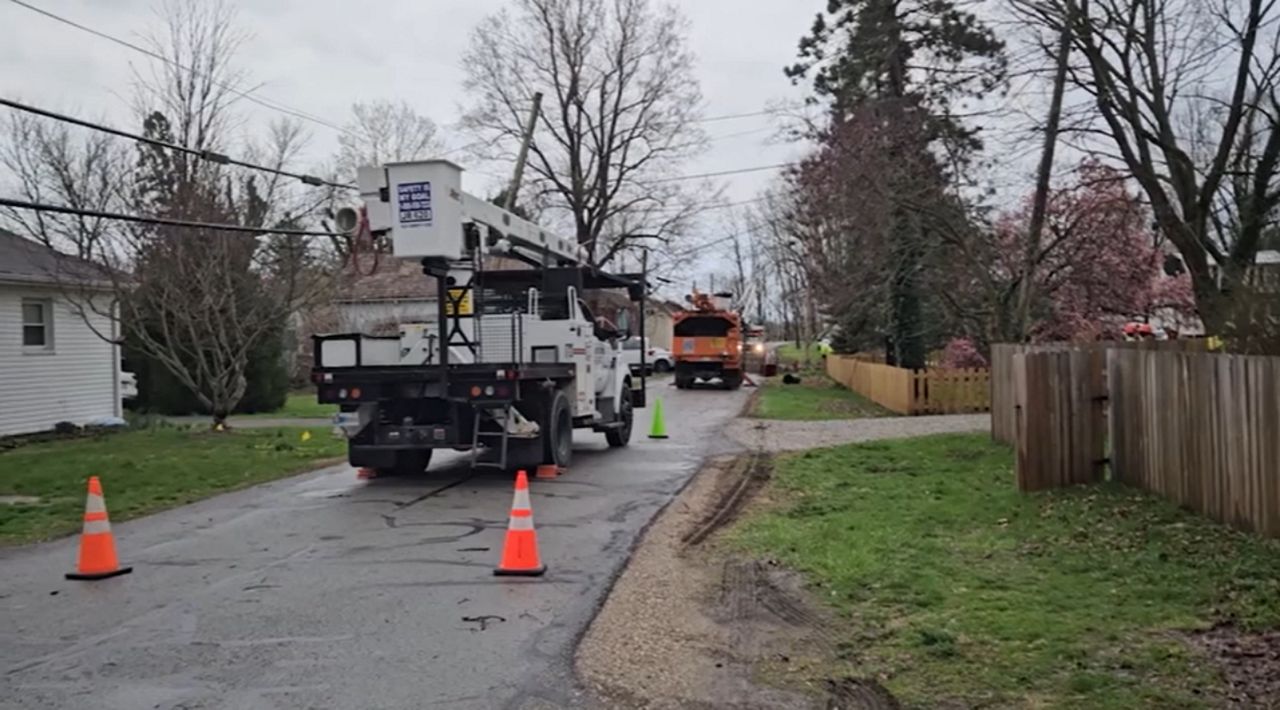KENTON, Ohio — Across the state, nearly a million households lack access to high-speed internet, according to the Ohio Broadband strategy.
That digital divide, which is particularly stark among rural communities, affects health care, business and, as became increasingly clear during the pandemic, education.
In the Kenton City School District, teachers work to incorporate technology at every grade level. The district is able to give each student a Chromebook they can use at school and at home to conduct research and complete assignments online, though access to the internet may vary once they leave the school grounds.
According to Chad Thrush, the superintendent, there were about a hundred students without reliable internet when the district went remote in 2020. At the time, roughly one in five households across the county lacked access to Internet speeds up to 100 Mbps
“We did go out and get hot spots because we did get money from the state and federal government to help with that process but it took some time,” he said.
Thrush said the district was fortunate to use Google Meet, which required relatively little bandwidth for video conferencing software and teachers were cognizant of students that may struggle online.
Last year, however, Broadband Ohio offered a more permanent solution. Hardin County was awarded $6.9 million to improve internet access to speeds of up to 1 GB download and 500 MB upload.
With the service coming online this year, Thrush said he’s already seen a difference both as a county resident himself and as an educator.
“The upgrade around our area has made a big difference for kids to be able to do more work but do it much quicker,” he said.
With improved internet access throughout the county, Thrush said the district is prepared to incorporate more technology into its curriculum, though he said educators need to remain aware that increased access is not yet universal access.
“We always have to keep in mind that we need access for all,” he said. “And so we need to make sure that we’re not pushing too much into at-home access, even if it’s not the broadband itself but the computers, the laptop, whatever device that they need.”










